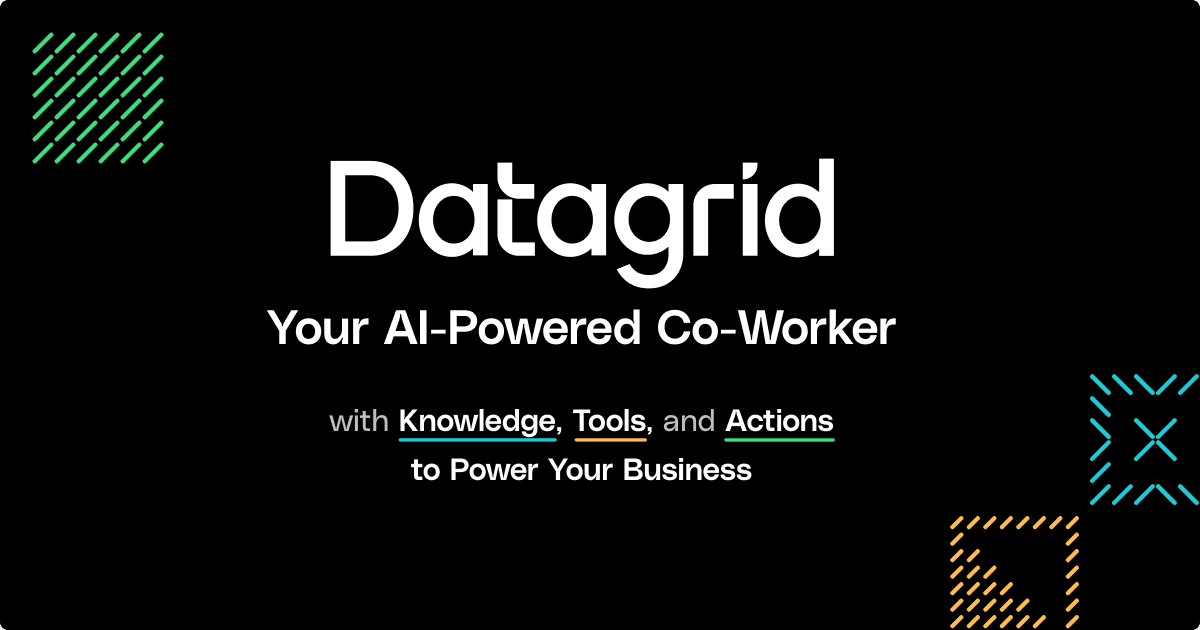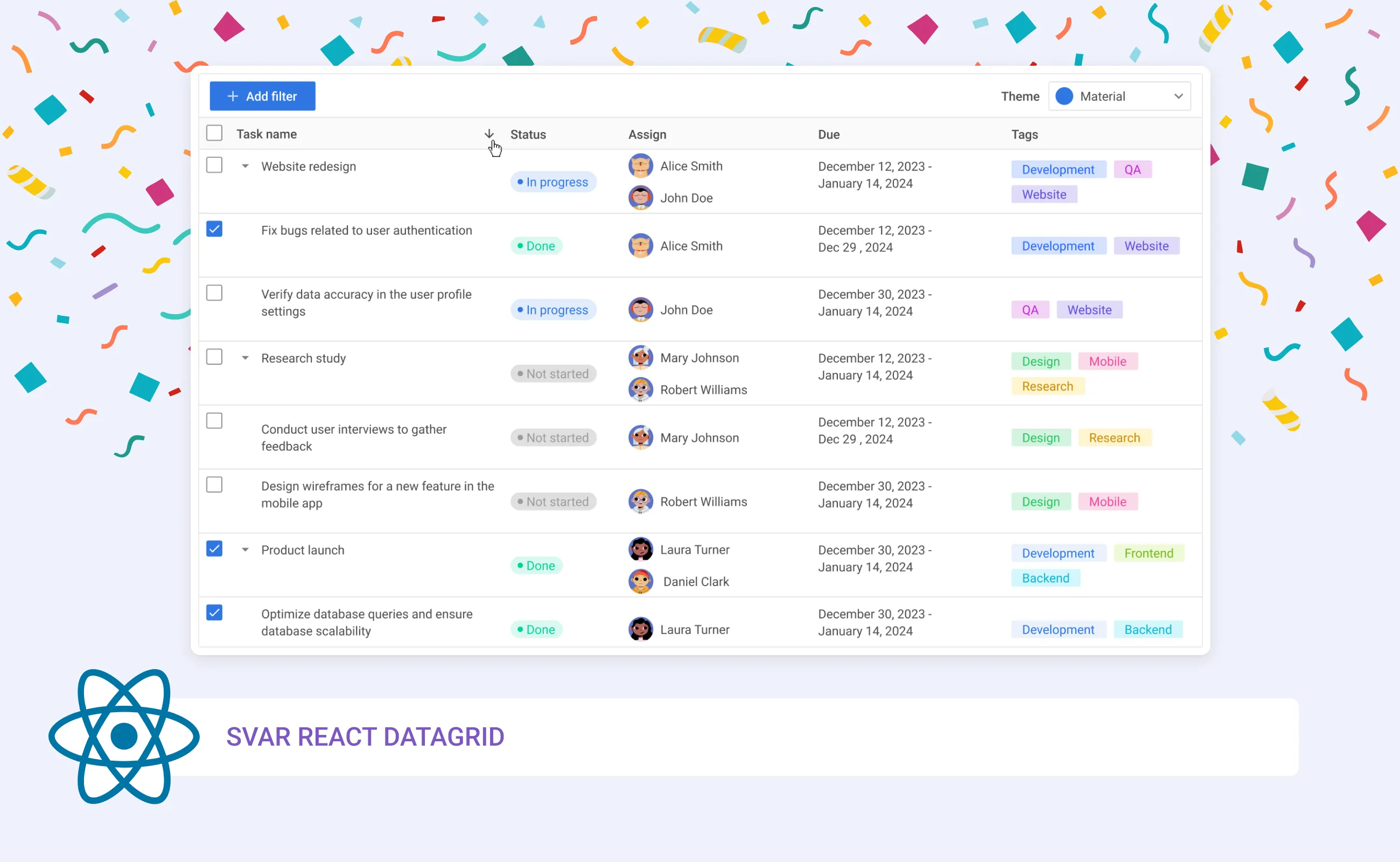
Datagrid: Complete Buyer's Guide
Transforming document-heavy litigation workflows through intelligent automation
Datagrid is a specialized legal AI platform that transforms document-heavy litigation workflows through intelligent case timeline automation and multi-jurisdictional research capabilities. Rather than focusing on direct court scheduling optimization, Datagrid positions itself as a litigation support powerhouse that reduces timeline preparation from days to minutes using advanced natural language processing and machine learning[116].
Market Position & Maturity
Market Standing
Datagrid operates in a unique market position within the legal AI landscape, targeting document-intensive litigation workflows rather than basic calendar management.
Proof of Capabilities
Customer Evidence
Limited Customer Evidence: Customer testimonials and independent reviews for Datagrid were not found in reviewed sources, creating a substantial gap in capability validation.
Quantified Outcomes
Technical Capability Claims: Vendor materials demonstrate specific technical capabilities including AI-powered case timeline creation that reportedly reduces preparation time from days to minutes[116]. The platform's document processing claims include handling thousands of pages of discovery materials with automated relevance and privilege tagging[130].
AI Technology
Datagrid's technical architecture centers on AI-powered document processing that combines natural language processing and machine learning to extract key facts, dates, and events from legal documents[116].
Architecture
The system's document ingestion capabilities extend across multiple sources including email archives, cloud drives, e-billing systems, and object stores like Azure Data Lake Storage[130].
Primary Competitors
Direct court scheduling optimization tools like PreCallAI or comprehensive court system solutions from Tyler Technologies.
Competitive Advantages
The platform's specialization in litigation support and multi-jurisdictional research automation distinguishes it from general-purpose scheduling tools.
Market Positioning
Datagrid differentiates from direct court scheduling optimization vendors through its focus on litigation support and document processing rather than calendar management.
Win/Loss Scenarios
Datagrid likely wins in scenarios requiring sophisticated document processing and case timeline automation for complex litigation. The vendor may lose to specialized scheduling tools when organizations prioritize direct calendar optimization.
Key Features

Pros & Cons
Use Cases
Featured In Articles
Comprehensive analysis of AI Court Scheduling Optimization for Legal/Law Firm AI Tools for Legal/Law Firm AI Tools professionals. Expert evaluation of features, pricing, and implementation.
How We Researched This Guide
About This Guide: This comprehensive analysis is based on extensive competitive intelligence and real-world implementation data from leading AI vendors. StayModern updates this guide quarterly to reflect market developments and vendor performance changes.
130+ verified sources per analysis including official documentation, customer reviews, analyst reports, and industry publications.
- • Vendor documentation & whitepapers
- • Customer testimonials & case studies
- • Third-party analyst assessments
- • Industry benchmarking reports
Standardized assessment framework across 8 key dimensions for objective comparison.
- • Technology capabilities & architecture
- • Market position & customer evidence
- • Implementation experience & support
- • Pricing value & competitive position
Research is refreshed every 90 days to capture market changes and new vendor capabilities.
- • New product releases & features
- • Market positioning changes
- • Customer feedback integration
- • Competitive landscape shifts
Every claim is source-linked with direct citations to original materials for verification.
- • Clickable citation links
- • Original source attribution
- • Date stamps for currency
- • Quality score validation
Analysis follows systematic research protocols with consistent evaluation frameworks.
- • Standardized assessment criteria
- • Multi-source verification process
- • Consistent evaluation methodology
- • Quality assurance protocols
Buyer-focused analysis with transparent methodology and factual accuracy commitment.
- • Objective comparative analysis
- • Transparent research methodology
- • Factual accuracy commitment
- • Continuous quality improvement
Quality Commitment: If you find any inaccuracies in our analysis on this page, please contact us at research@staymodern.ai. We're committed to maintaining the highest standards of research integrity and will investigate and correct any issues promptly.